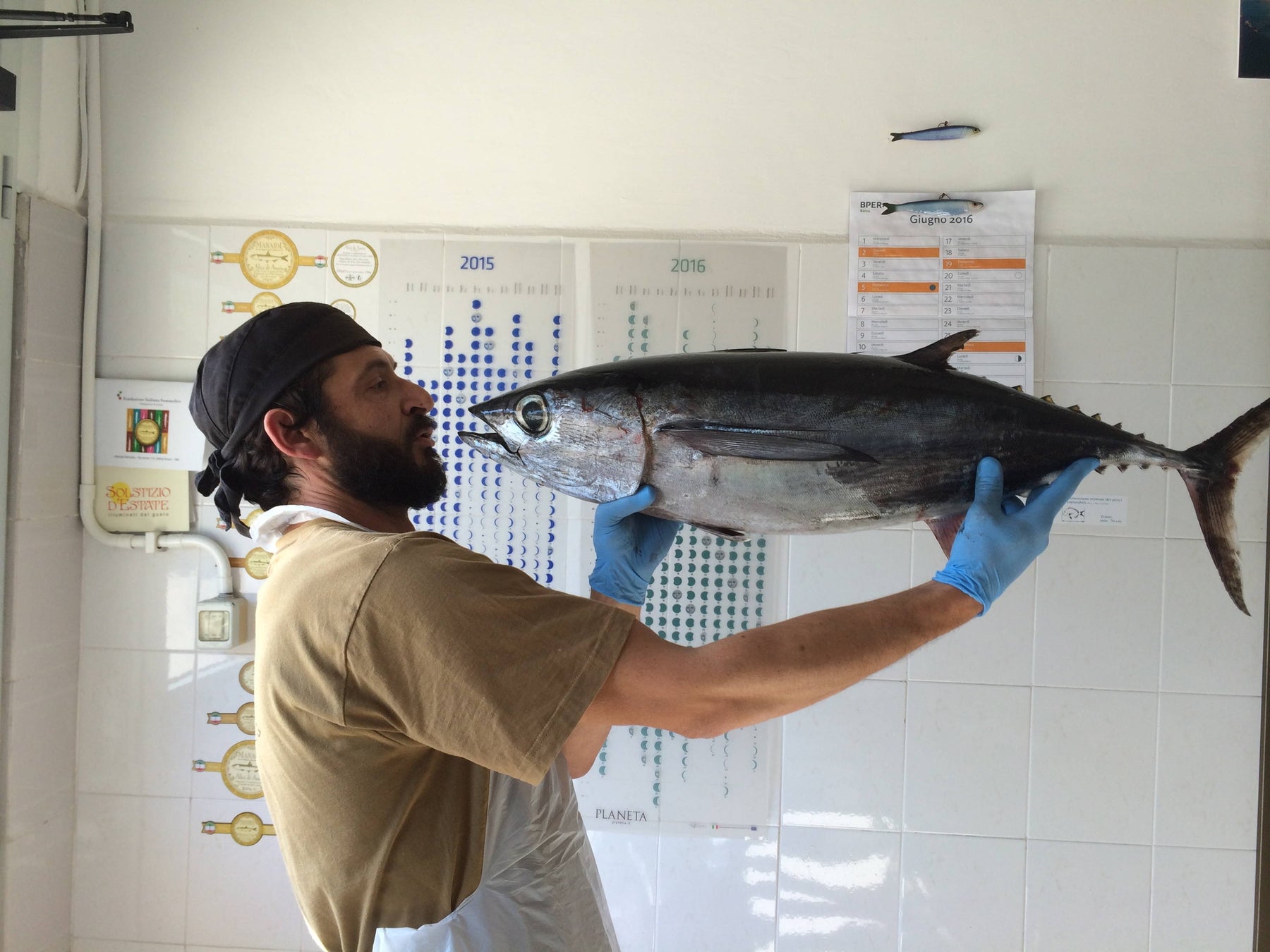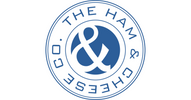SALT has been used to preserve food for centuries: arguably most historically, and significantly, to preserve pork and fish, Hams, clearly, have been one half of our name for 10 years - but this month we have made a small space for preserved fish. Meet our anchovies - laid down in salt to a technique very similar to Lardo - from a small workshop in the Roman port of Anzio.

Sustainable Mediterranean Anchovies From Anzio
Fish Preserves | Anzio, Lazio
FISH PRESERVES In a small workshop at the end of a street close to Anzio harbour, Luigi Crescenzi is rubbing salt into turquoise anchovies. They arrived straight off an unrefrigerated boat three hours ago, and will soon be layered into more salt to begin their cycle of maturation. This incredibly fast turn around locks in the natural flavour of the fish and retains the fine, tender nature of their flesh.
SUSTAINABILITY Luigi works exclusively with fish that has never seen the inside of a fridge; of a certain size, a certain age, caught within its seasonal window of April to September when the fish aren’t spawning. As such, he’s a rarity. Once, preserving meant ‘saving’ a fresh catch for invaluable, winter protein when the fishing season had closed. Today, most preserved fish is frozen fish, which has been defrosted in order to be ‘preserved’. Increasingly, it is pursued outside its seasonal window, and caught too young. If preservation once stood for the very essence of sustainability, more recently it has become its enemy.
Manaide, Luigi’s company, was set up out of a desire to repair that relationship, and recover the original meaning of preservation - specifically within Anzio, where it is a vital part of the town’s identity and tradition.
|
In Anzio, the ancient port of Rome, fish preservation dates back to Roman times.
|
TERROIR All of Luigi’s fish come from the town’s harbour. They’re caught within a highly defined parcel of coast that extends from Ponzo down to Fiumicino. These are the limits of freshness, but also the boundary points of his terroir - terminology which is his. It’s rare to hear this word applied to fish. More often, we talk in terms of liquid mass larger than countries - Atlantic, Pacific - an unthinkable vagueness say, if we were talking of meat. Yet Luigi speaks in specificities of fishing villages and fishing boats. Each of his preserving barrels, and each of his jars, is single shoal: labelled with the name of the boat that brought it in, and the particular watery parcel where it was caught.
2000 years ago, Pliny wrote that the Antium (former Anzio) octopus were the best in the world. And today, Luigi insists on the defining characteristics of the fish that belong to this stretch. The anchovies are turquoise, small and with particularly fine flesh: very distinct from the coarser-fleshed Sicilian anchovy and the darker Cantabrian anchovy, which gets very large feeding in the nutrient-dense Atlantic.
AGEING Everything about his preservation process is gauged so as not to muddy the level of detail that goes into his raw material. The anchovies are cleaned and gutted, then placed in alternating layers, interleaved with salt, in special seasoned oak barrels called cugnetti. These are then covered with a lid called a tompagno, which is in turn weighted with stones, to begin their 6 months of maturation. This long process is key - and gives them a distinctive colour. They won’t be pink like many of the anchovies we know: Luigi explains this is actually a tell tale sign of a shorter maturation.
When we place an order for our anchovies, Luigi goes to his barrels, and removes the quantity of fish for our order. These are then cleaned, filleted and stored in extra-virgin olive oil; or jarred as is, in their 6 month old sea salt brine and residual liquor.
|
Each jar of anchovies is labelled with the name of the boat which caught it.
|
|
|

